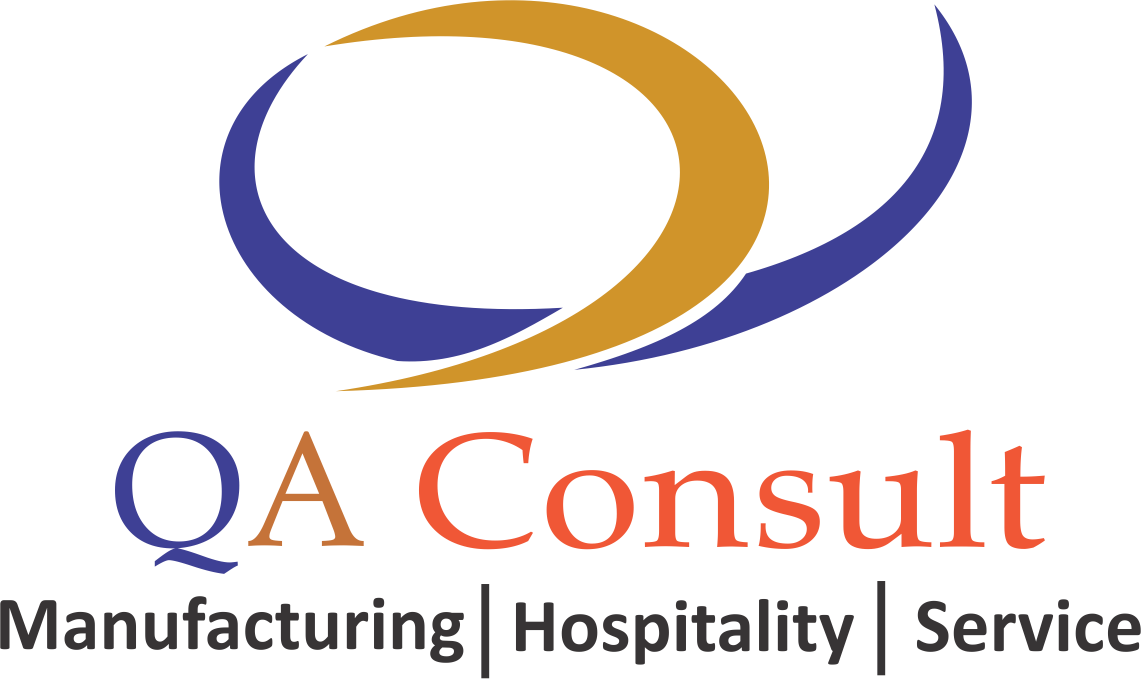Food Businesses and the Menace of Food Pests (Part II)
Behavioural control
Instead of putting waste directly into bins, it is good practice to place a plastic waste bag into the bin first. Removing the waste is thus a simple process which usually is done by first tying the bag and gently disposing it off in the main waste bin, which should be placed further away from the facility. These actions prevent houseflies from invading the kitchen.
It is also important to employ the clean-as-you-go policy. Any waste generated in the course of food preparation must be removed intermittently at shorter intervals. Hands must be washed with soap and clean water before returning to the preparation process. Leftover food from plates cleared from the restaurant or eating place should be quickly discarded and plates washed immediately. In addition to good hygienic practices, good housekeeping is essential to keep pests away; premises and refuse areas should be kept clean, effective stock rotation, storing food off the floor, and denial of pests to favourable conditions. These are called preventive measures in pest control largely related to personnel behaviour.
Physical control
Some physical controls include, the usage of self-closing devices on doors, replacing broken windows and in cases where natural ventilation is used, putting fly screens known as ‘nets’ on all windows and doors. The use of drain traps is effective in preventing cockroaches and other pests from entering the kitchen through drainage pipes. Ensure that deliveries from the market are checked, since cockroaches hide in farm produce and find themselves on the food premises. Electric fly killers are effective when installed to have a 360-degree effect. Putting them on walls only gives you half the effect it was made to give. Do not install electric fly killers directly over food-serving areas and restaurant tables. Dead flies may be thrown back into food.
Chemical control
There are instances where food business operators spray around cooked food in order to reduce the number of houseflies hovering on prepared food. Apart from contaminating the food with the chemical, the possibility of dead insects falling into food is very real. Before any chemical application, clear the Kitchen of all utensils, cooked and uncooked food. After application of the chemical, all surfaces including the floor must be cleaned and disinfected before any preparation can commence. It is also important to ensure that the smell of the insecticide or fumigant is completely dissipated in order to avoid taint in the food.
To get this right, it is important to hire trained professionals in pest control management to handle these activities on your premises.
Identifying pest activity on your premises
Personnel working on the food premises must be trained in identifying pest activity for prompt eradication. The early detection of pest activity and control prevents proliferation of pests. There are several signs on the food premises that points to pest activity and some of them are as follows. You would site them on the premises, for instance the invasion of houseflies in your kitchen is so visible to miss.
Activities of cockroaches and other pests may be known by their body parts, pupae and their smell. You may also see their droppings (faeces), smears, tail marks, fur and footprints. The loss of food in your facility may be a sign of pest activity. It is common to see portions of food gnawed at, and in some cases chunks disappearing with teeth prints on the remains.
There should be a nominated person on the premises to receive all reports of pest activity. This person communicates these to the pest control professional and schedules pest control activities on the site.
We’ve already tackled the reasons for control but in summary, pests are a nuisance and they serve as vehicles for most food pathogens. Apart from this, they contaminate our food and the food environment with their saliva, urine, body parts, droppings and fur.
Integrated pest management is the cost-effective implementation of prevention and eradication strategies, based on the biology of pests, intended to ensure a pest-free food operation. I must emphasize that; non-toxic solutions are better because of the possibility of chemical contamination. Resolve to have a pest-free environment on your food premises to preserve food safety.
Johnson Opoku-Boateng is the Executive Director & Lead Consultant, QA CONSULT (Consultants and Trainers in Quality/Safety Management, Manufacturing Excellence and Food Safety) and can be reached on +233209996002, email: johnson@qaconsultgh.com.
Get In Touch
HEAD OFFICE
Aviation Highway , East Airport ( Spintex)
Landmark: Endpoint Homeopathic clinic
